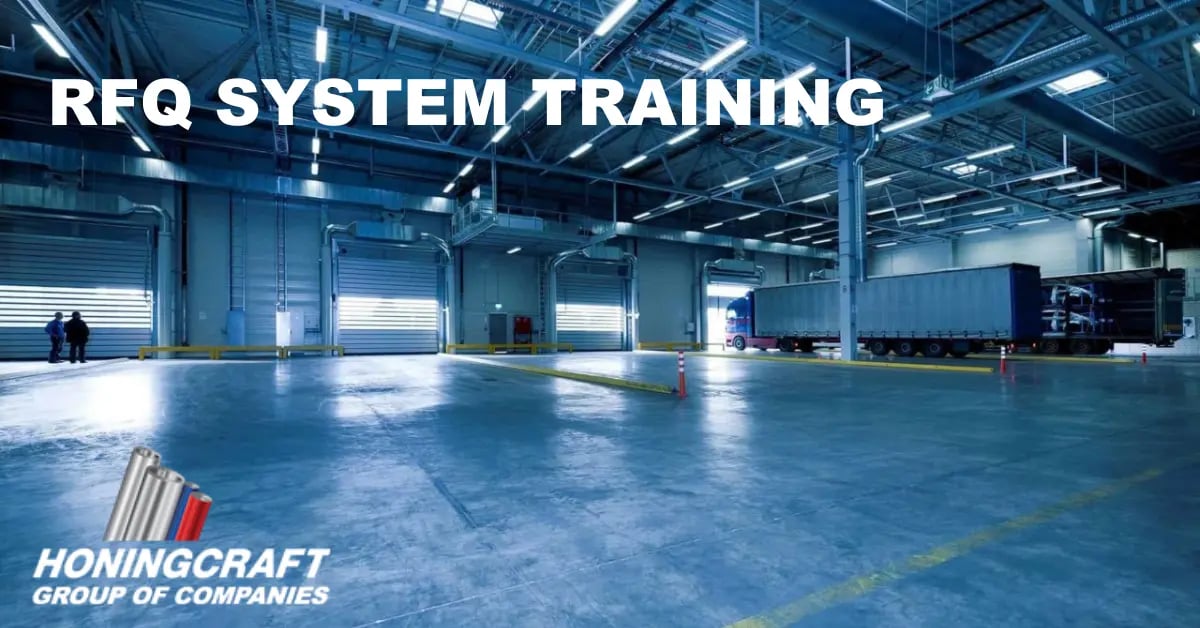Hydraulic cylinders are vital components in various industrial and mobile applications, ranging from construction machinery to manufacturing equipment. They convert fluid power into linear motion, enabling heavy lifting, precise control, and other essential operations. Despite their robust design, hydraulic cylinders can and do fail, often leading to costly downtime and repairs. One common cause of failure is unevenly distributed loads. In this article, we will explore why uneven loads lead to hydraulic cylinder failure and how to prevent such issues.
Understanding Hydraulic Cylinder Load Distribution
Before diving into the specifics of uneven load distribution, it’s essential to understand how hydraulic cylinders operate under load. Ideally, the force applied by the cylinder should be uniformly distributed along its length. This uniformity ensures that the internal components, such as the piston, rod, and seals, experience even pressure, reducing wear and tear.
However, in real-world applications, perfect load distribution is rarely achieved. Loads can become uneven due to various factors such as misalignment, improper installation, or varying resistance during operation. When this happens, certain parts of the cylinder bear more stress than others, leading to premature failure.

The Mechanics of Uneven Load Distribution
Uneven load distribution exerts asymmetric forces on the hydraulic cylinder, causing several detrimental effects:
- Increased Wear and Tear:
- Parts of the cylinder under higher stress experience accelerated wear. Seals may degrade faster, rods may bend, and the piston may suffer from uneven wear, leading to leaks and loss of efficiency.
- Misalignment Issues:
- Uneven distribution can cause the piston rod to misalign within the cylinder, exacerbating wear and potentially leading to jamming or sticking. This misalignment often results in scoring or scratching of the cylinder walls, further reducing the cylinder’s lifespan.
- Structural Fatigue:
- Repeated exposure to loads that are uneven can cause structural fatigue in the cylinder body and its mounting points. Over time, this fatigue can lead to cracks, metal fatigue, or even catastrophic failure of the cylinder.
- Heat Generation:
- Uneven distribution of loads can lead to uneven friction, generating excess heat in certain parts of the cylinder. This localised heating can degrade lubricants and seals, increasing the likelihood of failure.
Common Causes of Uneven Load Distribution
Understanding the root causes of uneven distribution is crucial for preventing hydraulic cylinder failure. Here are some common contributors:
- Improper Installation:
- Incorrectly installed cylinders can cause misalignment, leading to uneven loads. Ensuring that cylinders are mounted correctly and aligned with the load path is critical.
- Misalignment of Components:
- Misalignment between the hydraulic cylinder and the load it is driving can result from wear or damage to other machine components. Regular maintenance and alignment checks are essential to avoid this issue.
- Variable Load Conditions:
- Fluctuating loads or unexpected external forces can lead to uneven distribution. Designing systems with adequate safety margins and considering potential load variations can mitigate this risk.
- Worn or Damaged Parts:
- Worn bearings, bushings, or other components can cause the load to shift unevenly onto the hydraulic cylinder. Routine inspections and timely replacements are necessary to maintain system integrity.

Preventing Uneven Load Distribution
Preventing hydraulic cylinder failure due to unequal distribution involves a combination of proper design, regular maintenance, and operational best practices:
- Precision in Design and Installation:
- Ensure that hydraulic cylinders are appropriately sized and selected for the specific application. Pay close attention to alignment during installation to minimise the risk of uneven loads.
- Regular Maintenance and Inspection:
- Implement a regular maintenance schedule to inspect for signs of wear, misalignment, or damage. Addressing these issues promptly can prevent more significant problems down the line.
- Use of Quality Components:
- Invest in high-quality hydraulic cylinders and related components from reputable manufacturers. Quality parts are less likely to fail prematurely and can better withstand uneven load stresses.
- Operator Training:
- Ensure that operators are well-trained and aware of the potential causes and effects of uneven loads. Proper use and handling of equipment can significantly reduce the risk of uneven distribution of loads.

Conclusion
Uneven distribution is a critical factor that can lead to hydraulic cylinder failure. By understanding the mechanics behind uneven loads and implementing preventive measures, you can extend the life of your hydraulic cylinders and ensure more reliable and efficient operations. At Honingcraft, we are committed to providing high-quality hydraulic solutions and expert advice to help you maintain the longevity and performance of your hydraulic systems. If you have any questions or need assistance with your hydraulic components, don’t hesitate to contact us. Your success is our priority.











